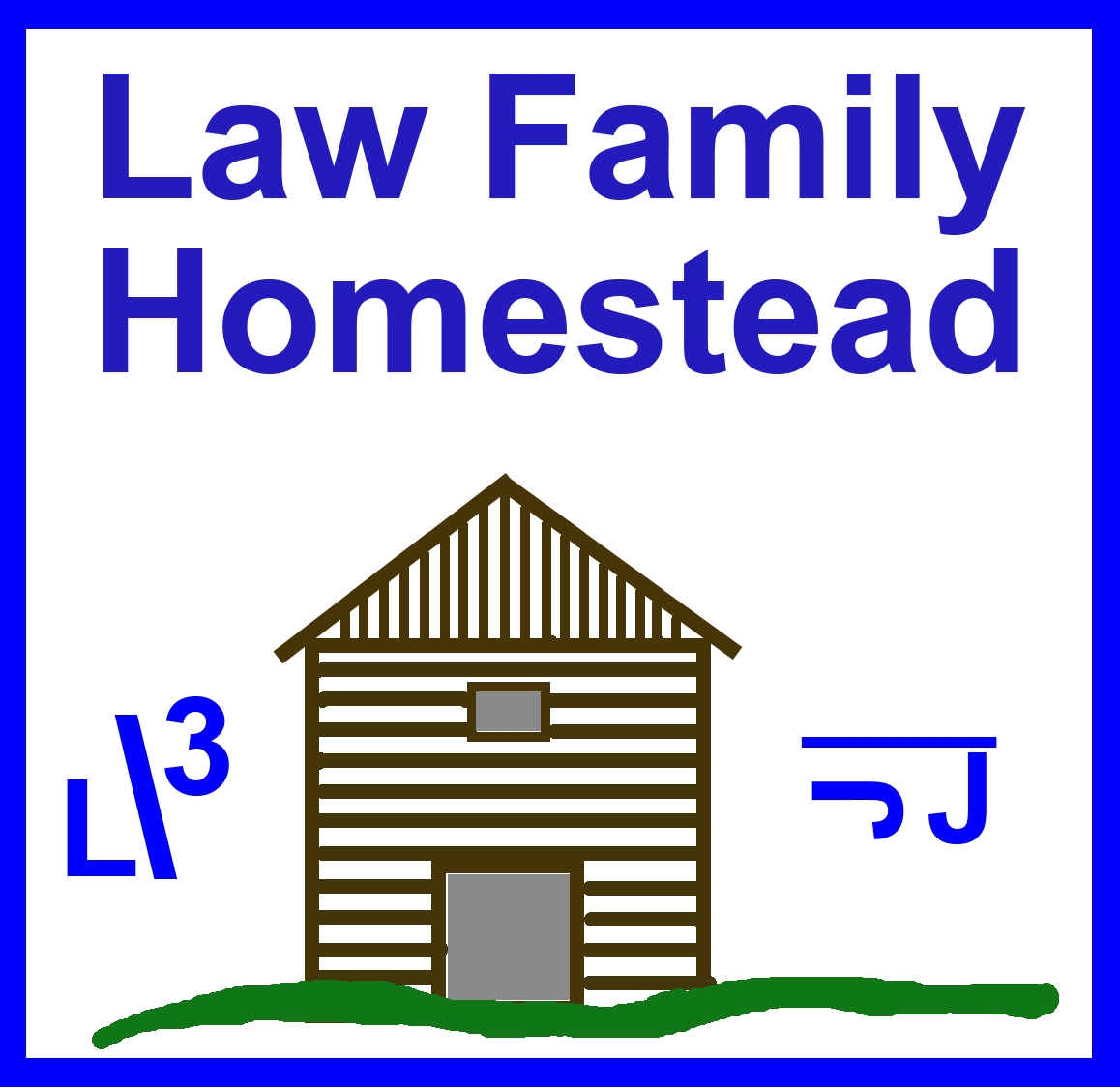Our small timber harvest project on the Law Family Homestead began in January 2015 after our arrival home from a horseshoeing circuit in the Billings, Montana area. Our return was highlighted with the addition of our fifth boy, MJW, along with a hybrid combination of flu, pinkeye, and other illnesses which deprived us of much strength and sleep.
Despite this, my oldest son, CW and I, with axes and chainsaw in hand, slowly made our way through two feet of powder snow along our creek bottom to look over our anticipated tree thinning project. We pushed our way through several acres of densely packed, various aged timber. They were 30-plus years old and younger, all in desperate need of thinning. A smaller strip of larger timber, roughly 75 years old, lay next to our newly constructed south fence line.
The heavy over-story of this more mature timber had effectively shaded the sunlight so regenerative growth was non-existant. The large timber would eventually need partial thinning too, but was easier to move through. We turned around and decided to focus on the younger stand of tightly packed timber. We found this stand mostly composed of grand fir, followed by Douglas fir, a few ponderosa pine, several small red cedar, and one lodgepole pine.
With these observations fixed in our minds, we determined how to best approach a long-term timber management plan best suited for our homestead future. First, we would remove the largest timber; those measuring 14-17 inches DBH (diameter at breast height) and approximately 60 to 70 feet tall. Next, we would thin out the 5-12 inch DBH trees focusing on removal of trees with the greatest defects. Where Douglas fir and grand fir were encountered within 10 feet of each other, in similiar size and condition, we would cull the grand fir first. Then the smaller regenerative growth, 1-4 inch DBH, would be thinned, again with our main focus on removing grand fir, small defective trees, and seedlings.
We would leave a larger amount of small trees in place for a final thinning at a future time. Our intent was not to remove all of the grand fir in this small stand, but to give the Douglas fir a better chance to establish themselves at a higher ratio than they had previously held against the grand fir. Last, we would trim the lower branches of the remaining timber as I was instructed years ago when working on a fire mitigaton plan for private land owners.
These timber adjustment decisions were based solely on memories from the fire mitigation project and of 18 years earlier when I was involved in a similar thinning project with a horse-logger. This man took the time to explain some basic principles of forestry from the perspective of a horse-logger, a steward of the land.
I have come to the realization over time that a man is fitted to the land by God, and that "real wealth" is created by access to the resources of the land. Man is held accountable to God for his stewardship over the land and animals entrusted to him.
With these ideas, plans and thoughts upon my mind, we turned our attention to the removal of the first trees in this stand. Without knowing it, I was stepping into a future where the only two familiar things I would recognize in my life were those distant memories of my horse-logger teacher and the bent No. 5 city head horseshoe nail attached to the end of my 75-foot timber cruising tape measure.
To Be Continued . . .

